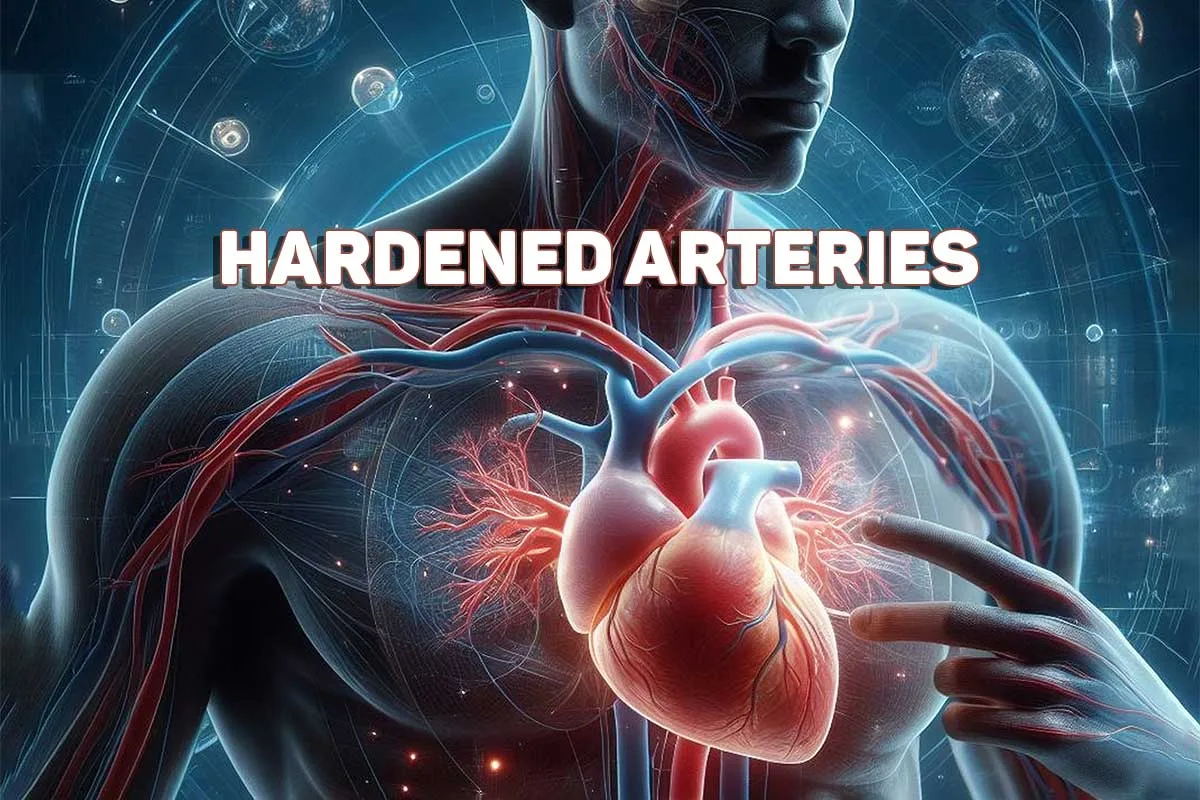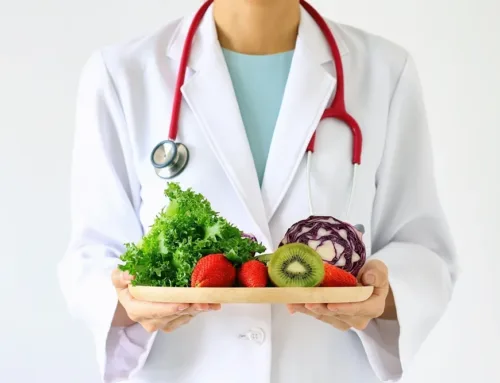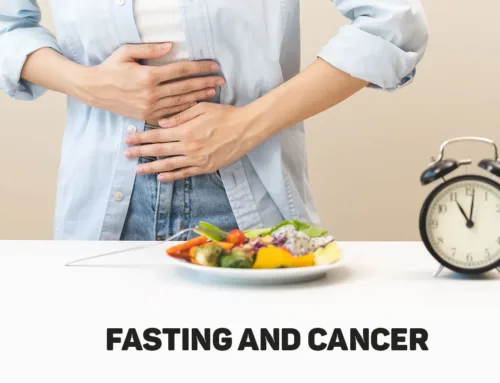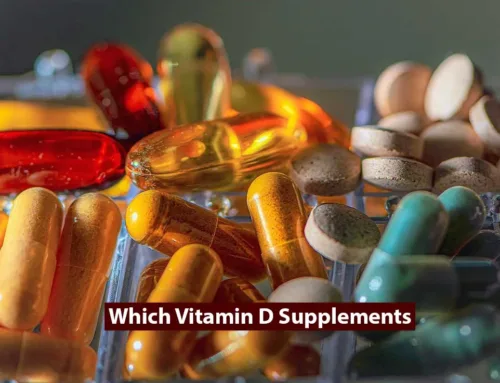Avoid foods containing trans and saturated fats.
Trans Fats
The Food and Drug Administration is phasing out trans fatty acids, fats that remain solid at room temperature, which you’ll find in margarine, coffee creamers, chicken wings, pastries, crackers, chips, and most packaged and prepared food items. Trans fats manipulate cholesterol, increasing the bad, LDL levels, while decreasing the good, HDL levels. In addition to altering cholesterol ratios, trans fats cause damage to cells that line arterial walls and increase inflammation, a precursor for obesity, heart disease, cancer, and stroke.39
The Nurse’s Health Study, a Harvard review of 166 women who developed coronary artery disease, finds study participants who consumed the most trans fats, an average of 3.6 grams per day (the equivalent of a double quarter-pounder with cheese with a small vanilla milkshake) tripled their risk for an immediate heart attack.40-41 The Harvard School of Public Health estimates we can prevent a quarter of a million heart attacks each year simply by eliminating trans fats from our diets.42
Saturated Fats
Saturated fats, which you’ll find in animal products and oils, pose significant heart-health risks, too: For every 1 percent increase in energy from saturated fat intake, LDL cholesterol concentration increases by about 2 percentage points.43 Similar patterns emerge with dietary cholesterol; for every 100 milligrams consumed, the equivalent of half an egg, total cholesterol increases by about two to 10 points.44 The leading sources of saturated fat in the American diet, which often come prepackaged with dietary cholesterol, are cheese, pizza, dairy- and grain-based desserts, and chicken, followed by processed meats, including sausage, franks, bacon, ribs, burgers, and Mexican mixed dishes.45 Recent statistics show more than 70 percent of children and teens and more than 50 percent of U.S. adults exceed saturated fat recommendations.13 Diets rich in saturated and trans fats cost consumers years from their life, compared to counterparts who opt for healthful plant-based fare.46
Include some nuts and seeds; avoid oils.
Nuts and seeds—particularly almonds, walnuts, pine nuts, Brazil nuts, and flaxseeds—offer heart-healthful benefits, thanks to their nutrient density: They provide fiber, vitamin E, plant sterols, L-arginine, polyunsaturated and monounsaturated fats, and omega-3-fatty acids. These vitamins, nutrients, and minerals team up to lower LDL cholesterol levels, attack plaque formation, and provide flexible support for the arterial walls, reducing the likelihood of blood clots.33-35
Use just a small amount a few times each week since nuts are a high-calorie food. One to 1.5 ounces, the size of your palm, provides roughly 250 calories and is all you’ll need to reap the heart-healthful benefits.36-37 Try crushing a handful of nuts or seeds in your palm and use to top salads, soups, breakfast bowls, or to add to sauces or stews.
With nuts and seeds it’s best to go straight to the source and skip oils, their processed counterparts. When oil is extracted from its original source—sunflower seeds, olives, walnuts, etc.—the fiber is removed and calories start to add up fast, nullifying the health and weight-loss benefits a plant-based diet has to offer.38
Added Sweeteners
Added sweeteners are added to foods as they are processed and include sugar-sweetened beverages, sodas, candy, grain- and dairy-based desserts, sugary breakfast cereals, and yogurt. A diet rich in these additives increases the risk for cardiovascular disease by 38 to 50 percent, based on daily consumption patterns.30
Swapping added sugars for fruit that’s packed with vitamin C into one’s diet offers protective benefits, reducing the risk of cardiovascular disease by 15 percent and the risk of an early death by 20 percent.31 Try a cup of oranges, strawberries, red pepper sticks, pineapple, cooked broccoli or Brussels sprouts, which provides close to 100 percent of the daily value of vitamin C for men, women, and children.32
The dietary guidelines are as follows:
1. Choose plant-based foods: vegetables, beans, whole grains, and fruit.
2. Minimize refined grains, added salt, and sweeteners.
3. Include some nuts and seeds; avoid oils.
4. Avoid foods containing saturated and trans fats.5. Have a reliable source of vitamin B12.
5. Choose plant-based foods: vegetables, beans, whole grains, and fruit.
6. The average adult at risk for cardiovascular disease who adopts plant-based diet, coupled with weekly nutrition education classes, can expect to lose 10 pounds,16 reduce blood pressure by 7/5 mm Hg,17 lower LDL cholesterol levels by 13 mg/dL,18 improve blood sugar, or A1c, by 1.2 percentage points, and even see gains in productivity, in just five months.19-20 Children who struggle with obesity and follow a plant-based diet show similar results—while also improving insulin resistance, high-sensitivity C-reactive protein, and myeloperoxidase, emerging risk factors for inflammation and heart disease.21
7. Plant-based vegan diets also provide participants of all ages with the largest net weight loss, an advantage for those—75 percent of men, 67 percent of women, and 31 percent of children—struggling with excess body weight.22-24
By centering meals around vegetables, fruits, whole grains, and legumes, individuals can expect to see a high return on their health investment, as studies show this approach reduces the risk of an early death, certain forms of cancer, and dementia.25-27
References
17. Yokoyama Y, Nishimura K, Barnard ND, et al. Vegetarian diets and blood pressure: a meta-analysis. JAMA Intern Med. 2014;174:577-587.
18. Mishra S, Xu J, Agarwal U, Gonzales J, Levin S, Barnard ND. A multicenter randomized controlled trial of a plant-based nutrition program to reduce body weight and cardiovascular risk. Eur J Clin Nutr. 2013;67:1-7.
19. Barnard ND, Cohen, J, Jenkins DJ, et al. A low-fat, vegan diet improves glycemic control and cardiovascular risk factors in a randomized clinical trial in individuals with type 2 diabetes. Diabetes Care. 2006;9:1777-1783.
20. Agarwal U, Mishra S, Xu J, Levin S, Gonzales J, Barnard ND. A multicenter randomized controlled trial of a nutrition intervention program in a multiethnic adult population in the corporate setting reduces anxiety and improves quality of life: The GEICO Study. Am J Health Promot. 2015; 4:245-254.
21. Macknin M, Kong T, Weier A, et al. Plant-based, no-added-fat or American Heart Association diets: impact on cardiovascular risk in obese children with hypercholesterolemia and their parents. J Pediatr. 2015.166:953-959.
22. Yang L, Colditz GA. Prevalence of overweight and obesity in the United States, 2007-2012. JAMA Intern Med. Published online June 22, 2015.
23. The National Institute of Diabetes and Digestive and Kidney Diseases. Overweight and Obesity Statistics. http://www.niddk.nih.gov/health-information/health-statistics/Pages/overweight-obesity-statistics.aspx. Accessed July 27, 2015.
24. Huang RY, Huang CC, Hu FB, Chavarro JE. Vegetarian diets and weight reduction: a meta-analysis of randomized controlled trials. J Gen Intern Med. Published July 3, 2015.
25. Orlich MJ, Singh P, Sabaté J, et al. Vegetarian Dietary Patterns and Mortality in Adventist Health Study 2. JAMA Intern Med. 2013;173:1230-1238.
26. Gonzales JF, Barnard ND, Jenkins DJ, et al. Applying the precautionary principle to nutrition and cancer. J Am Coll Nutr. Published ahead of print May 28, 2014.
27. Smyth A, Dehghan M, O’Donnell M, et al. Healthy eating and reduced risk of cognitive decline: a cohort from 40 countries. Neurology. 2015;84:1-8.
31. Kobylecki CJ, Afzal S, Smith GD, Nordestgaard BG. Genetically high plasma vitamin C, intake of fruit and vegetables, and risk of ischemic heart disease and all-cause mortality: a Mendelian randomization study. Am J Clin Nutr. 2015;101:1135-1143.
32. National Institutes of Health. Office of Dietary Supplements. Vitamin C—Factsheet for Health Professionals. https://ods.od.nih.gov/factsheets/VitaminC-HealthProfessional/. Accessed July 27, 2015.
33. Kris-Etherton PM, Hu FB, Ros E, Sabaté J. The role of tree nuts and peanuts in the prevention of coronary heart disease: multiple potential mechanisms. J Nutr.2008;138:1746S-1751S.
34. Harvard School of Public Health. The Nutrition Source. Nuts for the Heart. http://www.hsph.harvard.edu/nutritionsource/nuts-for-the-heart/. Accessed July 28, 2015.
39. U.S. Food and Drug Administration. FDA Cuts Trans Fats in Processed Foods. http://www.fda.gov/ForConsumers/ConsumerUpdates/ucm372915.htm. Accessed July 27, 2015.
40. Sun A, Ma J, Campos H, Hankinson S, Manson JA. A prospective study of trans fatty acids in erythrocytes and risk of coronary artery disease. Circulation. 2007;115:1858-1865.
41. McDonald’s. McDonald’s USA nutrition facts for popular menu items. http://nutrition.mcdonalds.com/getnutrition/nutritionfacts.pdf. Accessed July 27, 2015.
42. Skerrett P. FDA gets with the evidence, proposes that trans fats are not “safe.” Harvard Health Publications. http://www.health.harvard.edu/blog/fda-gets-with-the-evidence-proposes-that-trans-fats-are-not-safe-201311086854. Accessed July 27, 2015.
43. The Lipid Research Clinics Coronary Primary Prevention Trial results. II. The relationship of reduction of in incidence of coronary heart disease to cholesterol lowering. JAMA. 1984;251:365-374.
44. Pennington JAT. Bowes and Church’s food values of portions commonly used. 15. New York, NY: Harper & Row; 1989.
45. National Cancer Institute. Top food sources of saturated fat among U.S. population, 2005-2006 NHANES.
http://appliedresearch.cancer.gov/diet/foodsources/sat_fat/sf.html. Accessed July 27, 2015.
46. Tabung FK, Steck SE, Zhang J. Dietary inflammatory index and risk of mortality: findings from the Aerobics Center Longitudinal Study. Poster presented at: American Institute for Cancer Research (AICR) Annual Research Conference; November 7, 2013: Bethesda, MD.






Leave A Comment